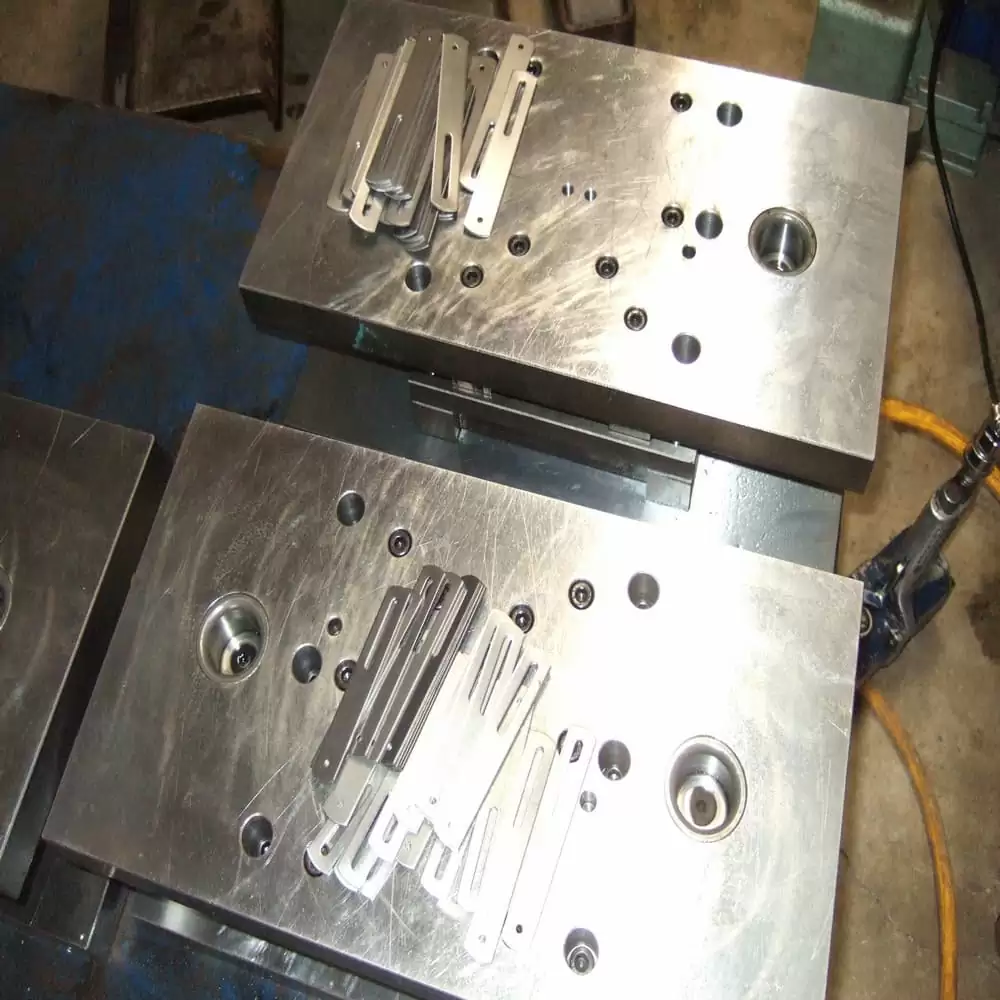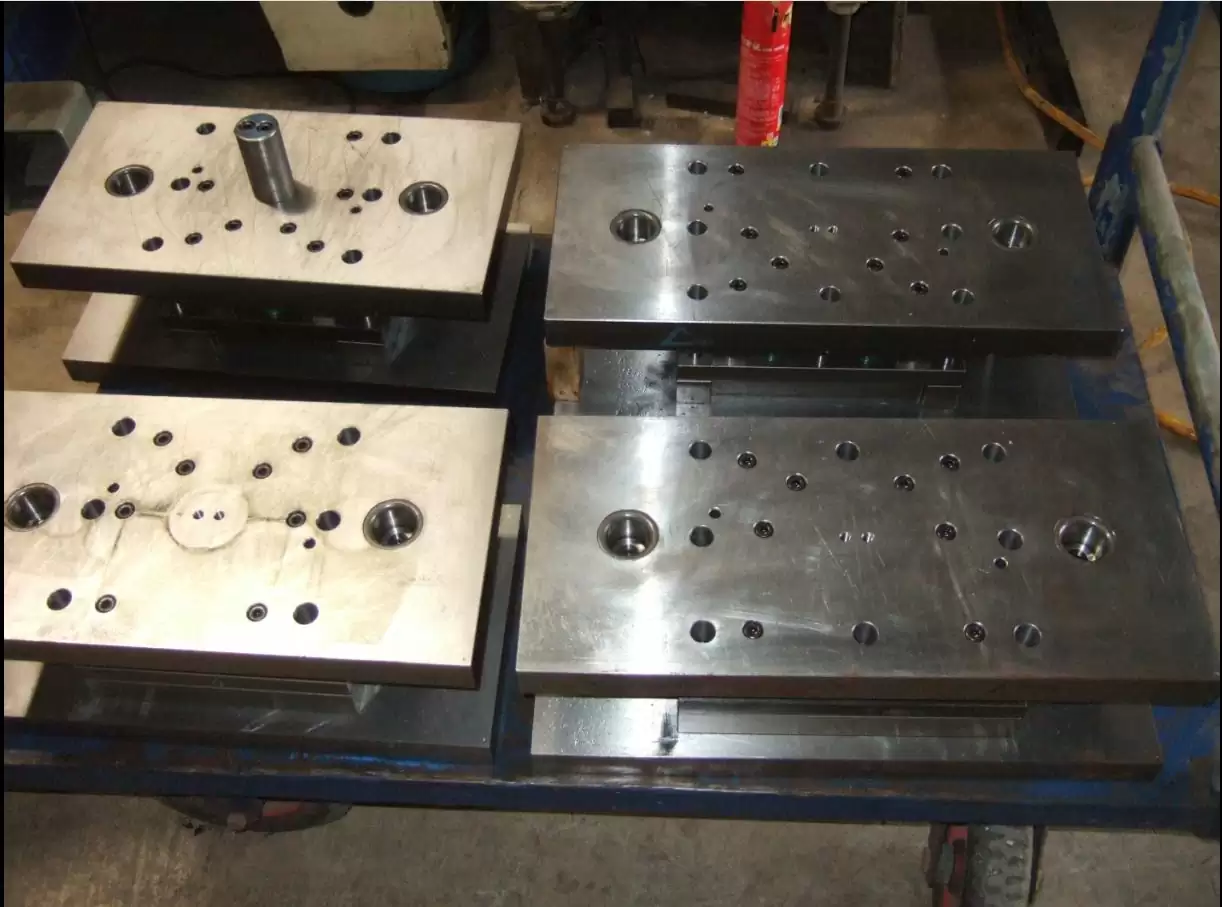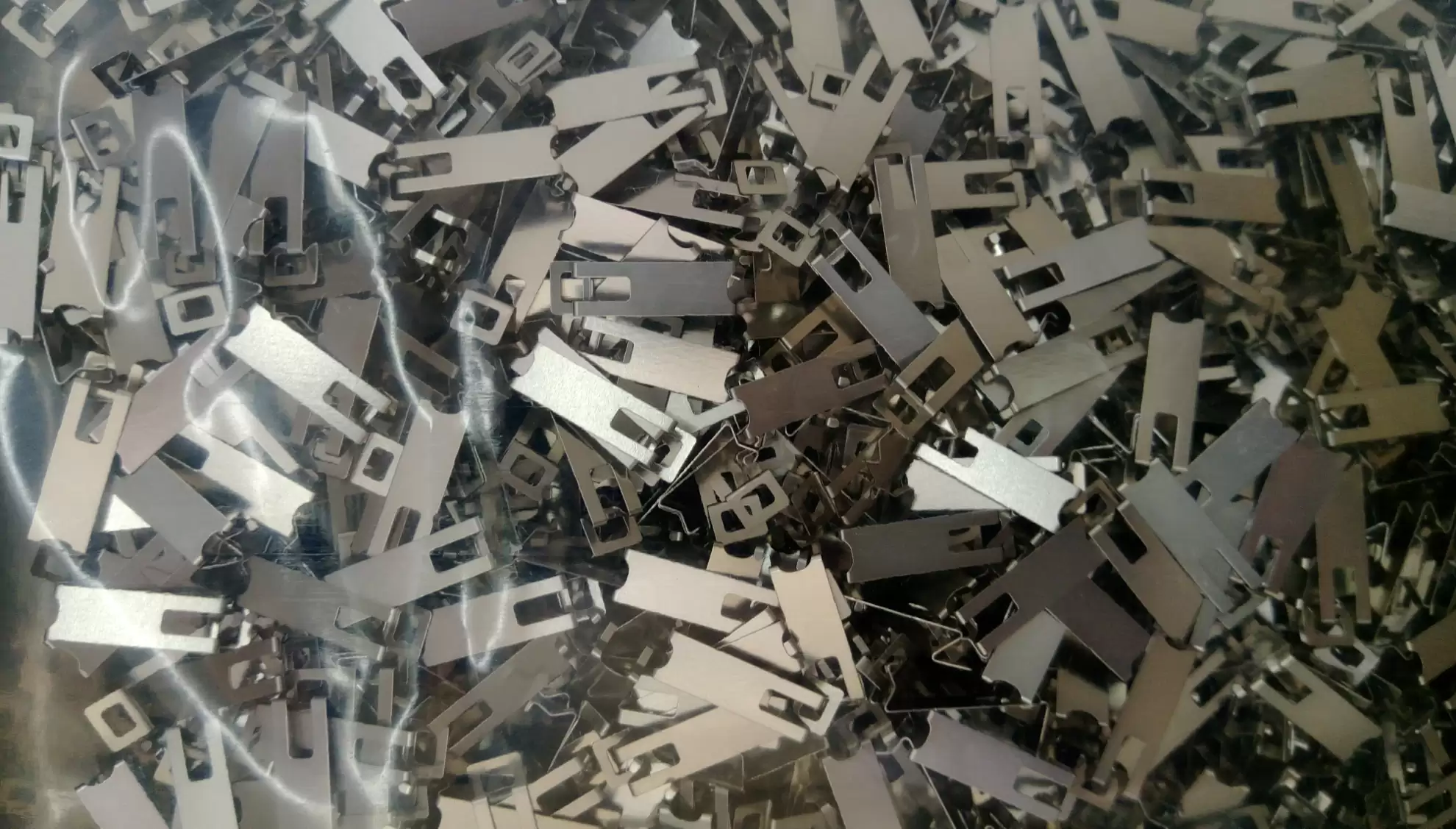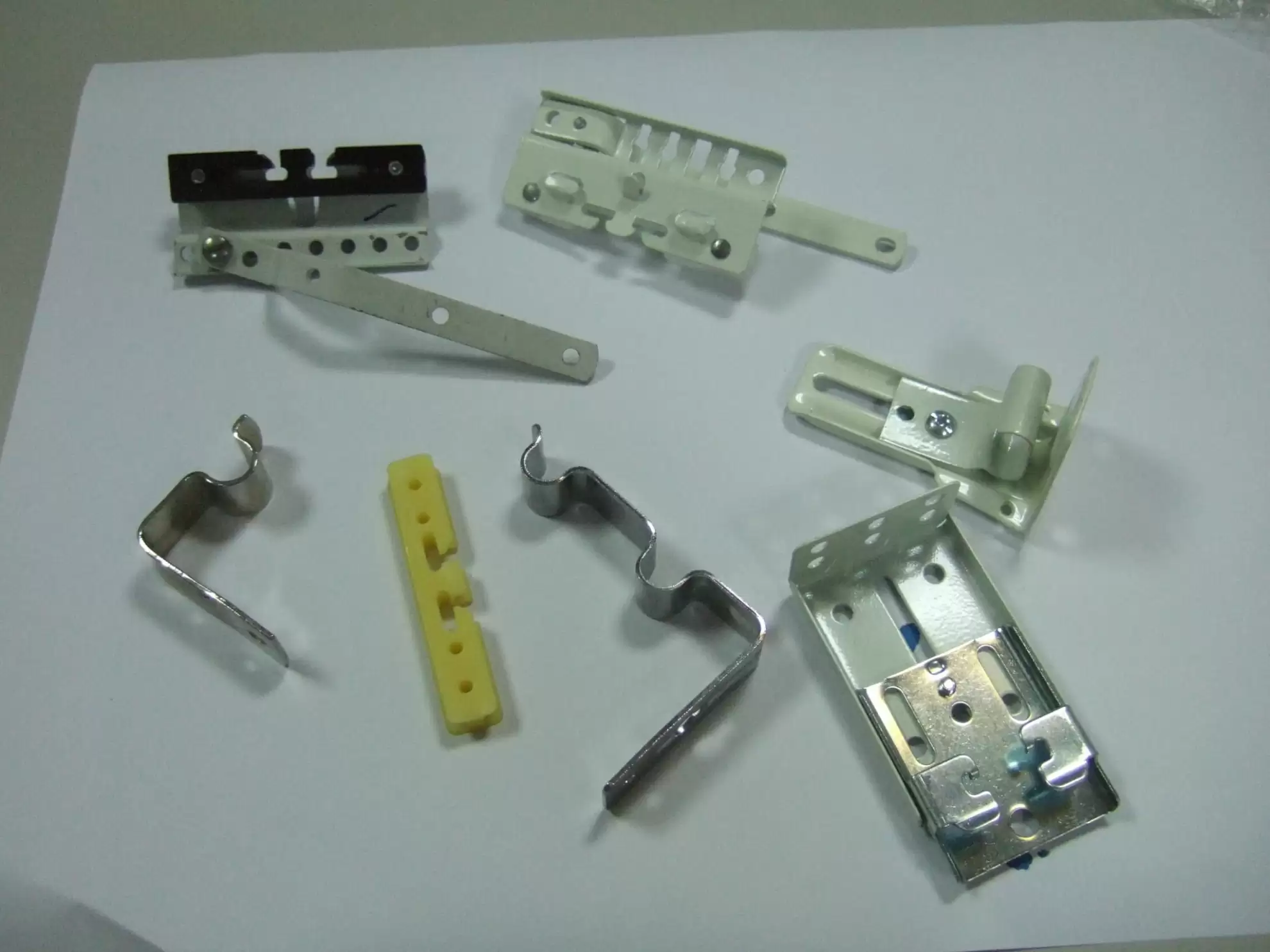stamping die manufacturer
Stamping dies are subjected to an array of stresses, strains, temperatures, chemicals, fluids, dynamic shock and vibrations. As a result, it is not at all surprising that dies can be prone to all kinds of in-process failures.
Stamping die failure types analysis
A complete analysis and proper identification of the failure mode(s) is necessary in order to repair the tooling properly and maintain optimum performance. Although the following sequence may vary depending on the failure type(s), the specific procedures for any failure analysis—including stamping dies—should include some or all of the following steps:
• Collect samples—broken die components, progressive die strips, etc.
• Compile background data.
• Visually examine the failed part, and document findings.
• Nondestructive-test surface finish, dimensional specifications, etc.
• Mechanically test—hardness, toughness, etc.
• Examine fracture surfaces, cracks and other surface anomalies.
• Determine the failure mode(s).
• Test under simulated service conditions.
• Analyze the evidence.
• Develop a conclusion.
The failed die component (broken, twisted, bent, galled, chipped, scored, etc.) is the primary failure sample because it is, or it contains, the actual failure site. A sample part of a similar component that has not failed, preferably one that has run successfully in production, also is desirable. If replacement parts are generally produced in batch lots, a sample also should be taken from the replacement parts bin for comparative analysis.
Unfortunately when a failed die component is discovered, the immediate response is to repair or replace the damaged or broken component so production may resume. Most attempts at a failure investigation end here unless the failure was catastrophic or it continues to repeat throughout the production run.
If the failure continues to repeat during production, manufacturing will demand that the problem be fixed—not necessarily solved—because it causes excessive downtime and jeopardizes timely shipments to the customer. Under these time-pressured conditions a properly devised investigation procedure will not be employed, which usually results in important evidence being discarded or destroyed.
The time employed collecting background data is vital to the success of any failure analysis. A thorough understanding of the entire manufacturing process, the service histories of the failed component(s), and reconstructing, at least as much as possible, the entire sequence of events leading up to the failure are all necessary steps.
Getting acquainted with the manufacturing process requires, at minimum: die detail drawings, technical specifications, component process flow diagrams and all relevant fabrication information including the die materials used, machining methods employed, heat treatment process and surface treatment data including the application methods.
The ability to accurately complete a service history will depend on how detailed the record keeping in the plant was prior to the failure. In collecting service histories, environmental details are of particular importance. These include normal and abnormal loading, accidental overloads, cyclic loading, temperature variations and gradients, and die grinding and sharpening practices.
Design errors often contribute to die failure. Design errors can be classified into two basic groups: those that fail from heat-treatment, and those that fail in service.
Design faults that cause failures from heat treatment include the presence of thick sections adjacent to thin sections, sharp corners, blind holes, stamp marks, fillets with radii that are too small, poorly located or designed grooves or notches, abrupt changes in cross-section and the location of holes that result in thin walls.
Design faults that cause service failures include inadequate fillets in corners, improper clearance (especially if thermal expansion is involved, which is the case with many stamping operations), thin sections and abrupt changes in cross-section.
It is critical to investigate tool design, materials and heat treatment used for a given application. In many instances, tool design and material selection get the most attention from the die shop and press shop, usually because the heattreat process is least understood and almost als outside their direct control.
Finally, it is often beneficial to compare a failed component to one that has not failed in order to assess if a failure occurred due to service conditions or an error in the manufacture of the failed component. A highly stressed area in a die detail, for example, may crack or chip in service because a radius specified in the corner of the component was inadvertently left sharp. This is an example of a manufacturing error. When chlorinated stamping lubricants are used in stamping dies containing solid carbide tool steels, the chlorine will attack the cobalt binding and cause the die component to eventually crack or chip. This is an example of a service-condition failure. In both cases the failure mode, cracking or chipping, was the same but the conditions that caused the failures were different.
sourced from :http://www.metalformingmagazine.com/magazine/article.asp?iid=28&aid=4036











